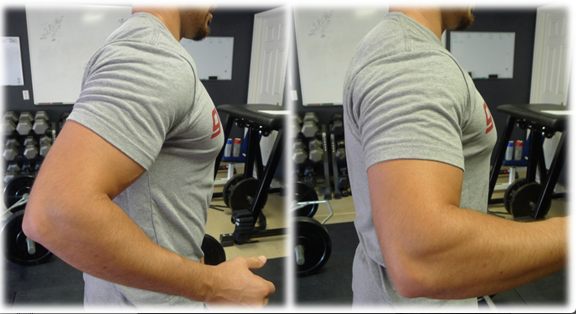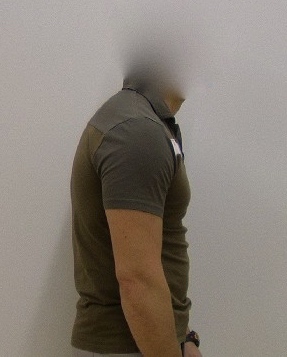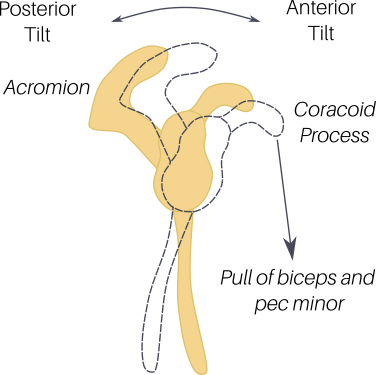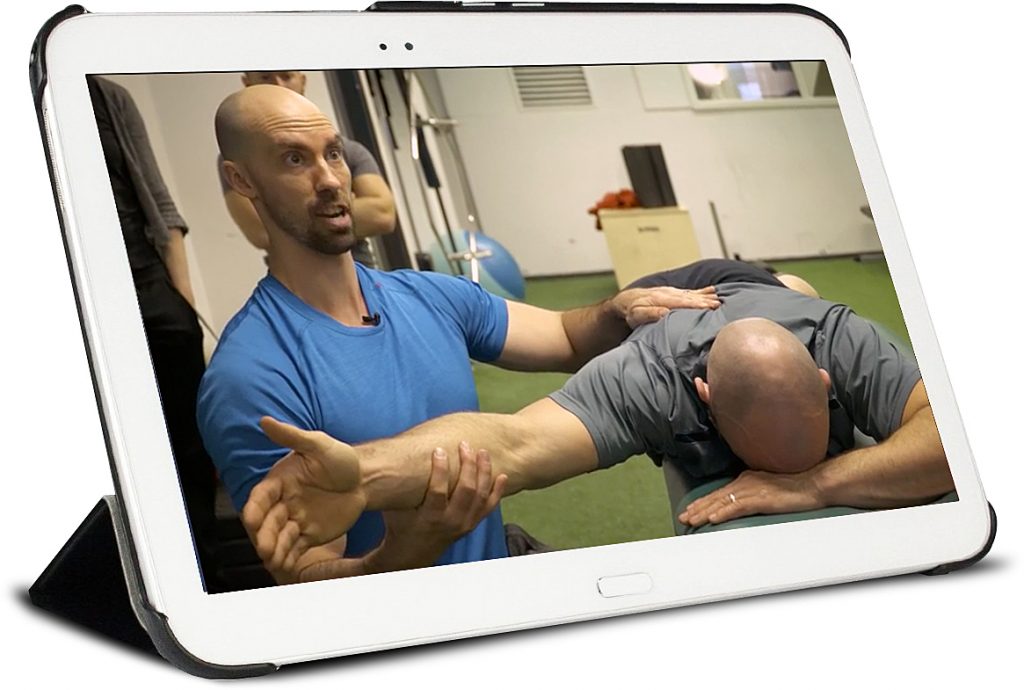3 Bro-Style Exercises That are Actually Good For the Shoulders
A few days ago I put up a status on social media that looked like this:
This was actually a follow up to a post made by a good friend, Brad Schoenfeld, where he outlined why a dumbbell front raise was actually a fairly poor choice of exercise for anterior delt development over something like a pressing movement, to which I responded that it could actually be a very beneficial movement, but for a very different reason.
Because of these concepts, today’s post is about 3 exercises that tend to be part of most Bro’s pre-bar swole session workouts, but can actually have a big benefit to shoulder health and function, but there’s a caveat:
You have to focus on technique, not just moving the limb from Point A to Point B.
Exercise #1: Barbell Bench Press
I know, right? It’s weird that more people don’t think of this as a potential rehab or shoulder health exercise, especially because of how many boxes it ticks on the list of highly beneficial stuff you want in your program:
- thoracic extension, massively important
- scapular retraction and depression, which pretty much anyone who works at a computer or carries a cell phone needs
- posterior migration of the humerus in the glenoid, plus co-stabilization of all rotator cuff muscles, lats, biceps, pecs, and deltoids
- feel like a bad-ass who isn’t actually on a rehab program.
Now this is sort of like tickling the dragons tail, in that it’s very easy to have this exercise be good for you, and with small positional changes become a very poor choice or even potentially dangerous to the joints involved.
One coaching concept that tends to get people into trouble is trying to limit motion of the shoulder blades or shoulder joint once the bar begins to move. A lot of people will start with good shoulder blade positioning, but then as they lower the bar they wind up letting their shoulder blades slide out from under their ribs to reduce the tension through the upper back.
This releasing of tension and sliding of the shoulder blades makes the humerus drive forward, and since it’s under a very high degree of tension on the anterior shoulder due to supporting Yuuge weights above your build, it can irritate a few things like your biceps tendon, anterior delt, brachial plexus, Optimus Prime, and other cool shoulder muscles.
One way to prevent this glide is to make the arm the focus of the exercise. I’ve had shoulder injury clients go either on the floor or on a bench and get into position like they’re going to bench press an imaginary bar, then focus on getting the back of their shoulder to touch the ground. To do this, they need all the retraction tension in the world along with the thoracic extension to make it tap the ground, and then they have to hold that tension to make it stick.
From there, they try to lower their arms with the imaginary barbell, all the while focusing on keeping the upper part of the arm bone in contact with the floor and not letting it lift off even a milimeter. Once they’ve mastered this with imaginary weights, they get a light stick or bar. Then they can go to a bench press and use the bar, and then add weight, but we start with the basics.
Exercise #2: Biceps Curl
This one is more related to the shoulder blades roll in this exercise than about how much of a sick pump you get from it. When many people do biceps curls, they wind up letting their shoulder blades roll forward into an anterior tilted position, which tends to look like rolled forward shoulders and wind up coupled with more thoracic flexion than useful.
Essentially, instead of sitting flush against the ribs, the lower portion winds up rolling off the ribs a little more than the upper, and creates that forward angle.
By rolling forward, it puts the muscles that would hold the scapula against the ribs in a disadvantageous state, specifically muscles like the lower traps, rhomboids, and lats. These muscles aren’t typically over developed in anyone, so being behind the 8-ball on a movement where they’re already weak is not going to go well.
That shoulder was so far out in front it was in the future. It came back in time with Doc Brown to warn Marty about his kids and their shoulder health.
Now because of basic leverage of weights being in front, the muscles supporting the scapula on the back have to be strong enough to counter that loading or else they’ll tilt forward and cause the mess we see in most gyms around 6 or at night on a Friday.
My thoughts are if you’re going to do a biceps curl, at least have the biceps do the work, and not let the shoulder slide around to put you in a position where they’re not doing as much as the scapular muscles trying to pull the shoulder back from the brink.
Start your curls by tensing the muscles around the base of your shoulder blades to help get them stronger to resist the leverage acting on them with the curl, and keep tension throughout the lift. Essentially, try to create more of a posterior tilt from the shoulder blade to counter any potential anterior tilt. Here’s an excellent video to give an example of what that would look like with a couple of different exercise cues and options:
As the bicep curl puts the shoulder in a heightened position to go into anterior tilt, it’s an excellent teaching exercise to help someone focus on maintaining that posterior tilt while moving their arm or creating force through the arm to do other stuff.
Exercise #3: Front Delt Raise
Yep, I’ll pick on this one, and it’s for the same reason as the biceps curl, getting them shoulders to sit right on the ribs.
The leverage of this movement does the same anterior tilt game on the shoulder blade as the biceps curl, but just in a bit of a different manner. Here the humerus is going through flexion and uses a much longer lever than a biceps curl, meaning the shoulder has to work much harder at a lighter weight to keep the place together, and as a result, you’ll usually see some funky winging going on with these.
So to counter this anterior tilt, we work on more posterior tilt movements, like the low trap raise.
There’s also a bunch of other exercises to help improve this posterior tilt, like those outlined here:
These are all designed to help the shoulder sit in a posterior tilt more effectively, which will make the front raise more effective overall. If the shoulders start rolling, you need to go back to the drawing board.
Oh, that last video? Well, it’s a short clip from Complete Shoulder and Hip Blueprint, which was released just this week and is on sale for $100 off the regular price. You can get your copy of the entire thing, all 11 hours of footage, for only $97 until Saturday, July 5th at midnight est.
In it, Tony Gentilcore and I outline other options for getting the most from your training, fixing common technique issues, and maximizing your performance with thoughtful assessments and programs to work with an individuals’ natural capabilities.
Get your copy NOW!!






2 Responses to 3 Bro-Style Exercises That are Actually Good For the Shoulders